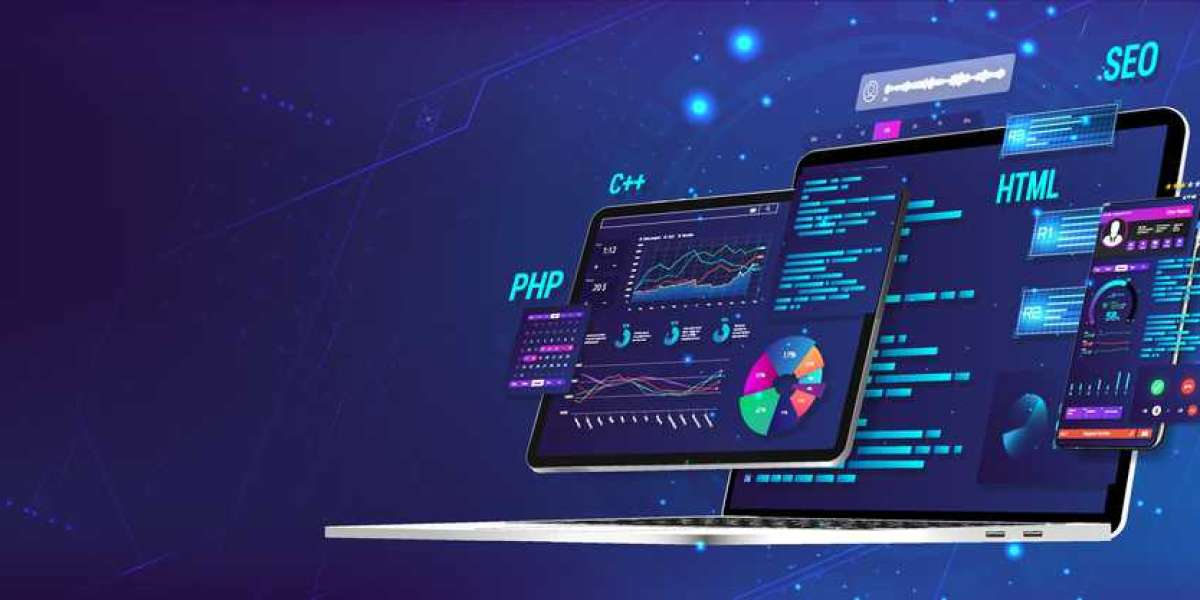In today's digital age, a strong online presence is essential for businesses and individuals. Web design is crucial in creating a visually appealing and user-friendly website for brands that leave a lasting impression on visitors.
In this blog post, we'll explore the fundamental elements of web design and consider its different types to help you better understand the world of web design.
What is Web Design?
Simply put, web design is the procedure of planning, conceptualizing, and organizing the visual elements of a website appealingly to the audience.
It involves the creative use of various design tools and techniques to ensure the website is aesthetically pleasing, user-friendly, and fully functional.
Effective web design focuses on enhancing user experience, improving site navigation, and encouraging visitors to take preferred actions, such as making a purchase or filling out a contact form.
Key Elements and Features of Web Design
Several important aspects influence how a website is seen when it is designed. A well-designed website will assist in the development of trust and guide visitors to take action.
Making sure your web design is developed and optimized for usability (form and aesthetics) and how easy it is to use (functionality) is part of creating a great user experience.
Layout
The layout is the arrangement of various elements on a web page. A well-organized layout ensures a logical flow of information, making it easier for users to find what they want.
Color Scheme
Choosing colors and selecting the right palette impacts the overall look and feel of the website. A harmonious color scheme creates a visually appealing and consistent design.
Typography
Using fonts and typography can influence how visitors perceive the website's content. Clear and legible fonts are essential to ensuring a better user experience.
Images and Graphics
High-quality images and graphics appeal visually to the website and help convey information to visitors.
Navigation
Intuitive navigation enables users to move around and explore the website seamlessly, enhancing their overall experience.
Whitespace
Also known as negative space, whitespace helps with creating a clean and uncluttered design, making it simple and less cluttered for users to focus on the content.
Responsive Web Design
With the rise in the use of mobile devices, a responsive web design ensures that the websites are scalable, and adapt to different screen sizes, providing an optimal experience across different devices.
Types of Web Design
- Static Web Design: In static web design, the content remains fixed and unchanged, without any dynamic or interactive elements. This type of design is suitable for simple websites with limited updates.
- Dynamic Web Design: Dynamic web design incorporates interactive elements, such as forms, login portals, and content sliders, which allow users to engage with the website's content.
- Single-Page Web Design: As the name suggests, single-page web design presents all the content on a single page, providing a smooth and continuous user experience without having them search the whole website for information.
- Flat Web Design: Flat design focuses on simplicity and minimalism, using two-dimensional elements without shadows, shapes, or gradients. It offers a clean and modern look.
- Material Design: Developed by Google, material design is a design language that combines flat design principles with realistic elements like shadows and animations
- Minimalist Web Design: Minimalist design follows the "less is more" approach, emphasizing simplicity and removing unnecessary elements.
- Parallax Web Design: Parallax design creates a 3D effect by moving background and foreground elements at different speeds, providing an engaging and capturing visual experience.
- E-commerce Web Design: E-commerce web design is tailored to online stores, focusing on product displays, shopping carts, and secure payment gateways.
Final Word
Web design is a significant aspect of establishing a successful online presence. By comprehending the basics of web design and exploring its different types, you can make informed decisions when creating or revamping your website.
Whether you choose a static design for simplicity or a dynamic design for user engagement, the ultimate objective should be to create a user-friendly and visually appealing website that captivates your visitors and meets your objectives. Several well-reputed web design services in USA can help you reach your business goals by assisting in developing an impeccable web design for your brand.





